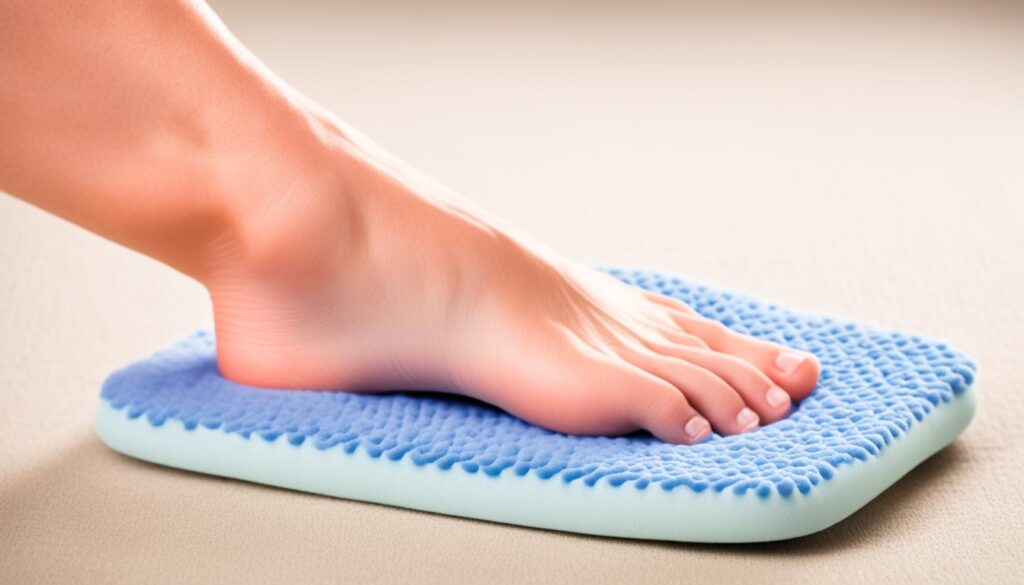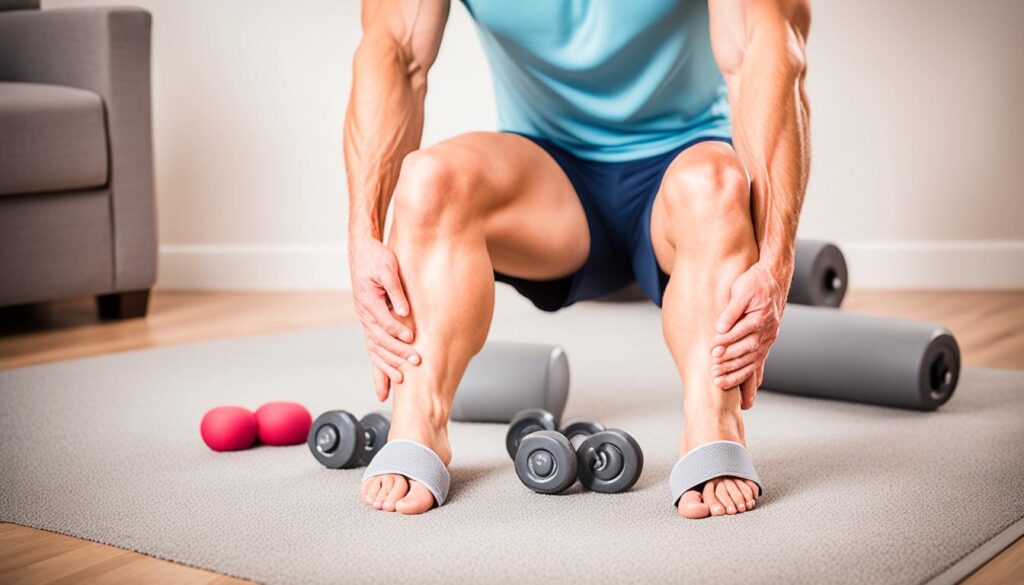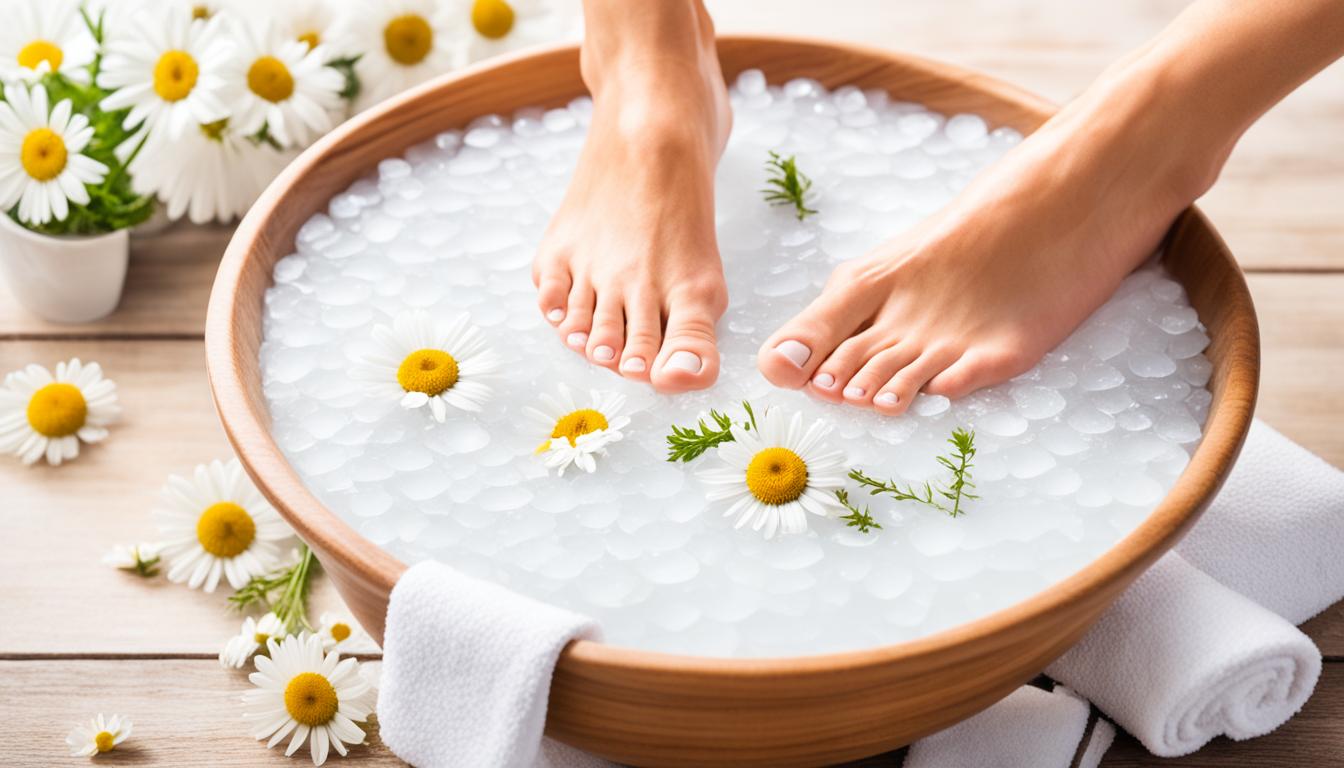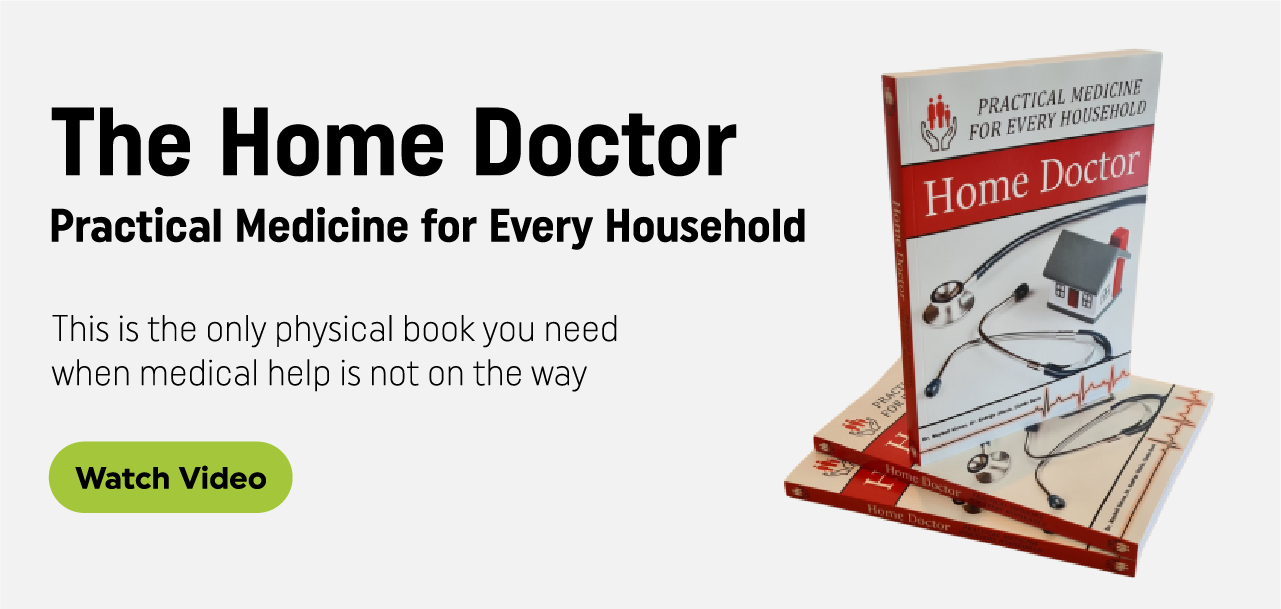Natural bunion treatment options can help alleviate pain and pressure caused by bunions. While surgery is the only way to completely eliminate bunions, nonsurgical home-based treatments can provide relief and reduce the risk of the condition worsening. These treatments include wearing properly fitting shoes, using orthotics and other devices, utilizing padding for cushioning, performing exercises to strengthen and retrain muscles, applying ice therapy, and taking pain relief medication.
Key Takeaways:
- Wearing properly fitting shoes is essential in managing bunions at home.
- Orthotics, such as shoe inserts and toe spacers, can provide relief and reduce pressure.
- Using padding can cushion the bunion and improve comfort during daily activities.
- Performing exercises can increase flexibility and strengthen the affected area.
- Applying ice therapy and taking pain relief medication can help reduce swelling and provide temporary relief.
Wearing Properly Fitting Shoes
One of the key aspects in managing bunions at home is wearing shoes that fit well. By choosing the right footwear, you can find bunion pain relief at home and implement a DIY bunion treatment plan. Here are some bunion management tips to help you find the right shoes:
- Opt for shoes with broad toes to allow for enough space for your bunions.
- Look for shoes with wide insteps to avoid putting pressure on the affected area.
- Choose shoes with soft soles to provide cushioning and reduce the impact on the bunions.
It’s important to measure both feet properly, especially at the end of the day when they tend to be most swollen. This ensures that your shoes accommodate the size of your feet accurately. Leave about half an inch of space for your toes while wearing shoes to prevent further pressure on the bunion.
By wearing comfortable and well-fitting shoes, you can effectively manage bunions at home and experience natural pain relief. Choosing the right footwear is an essential aspect of bunion care, allowing you to alleviate discomfort and promote proper foot health.
“Finding shoes that fit well is crucial in managing bunions and providing relief from pain and discomfort.” – Dr. Emily Johnson, Podiatrist
Understanding the Impact of Ill-Fitting Shoes
Poorly fitting shoes can worsen bunion pain and cause discomfort. Shoes that are too tight or narrow can squeeze the toes together, putting pressure on the bunion and exacerbating the condition. High-heeled shoes and shoes with pointed toes can also increase pressure on the affected area.
By opting for properly fitting shoes, you can create a more conducive environment for bunion management and relieve pain at home. Take the time to find shoes that prioritize comfort and provide adequate support to reduce the strain on your bunions.
| Shoe Features | Benefits |
|---|---|
| Broad Toe | Allows for more space and prevents pressure on bunions |
| Wide Instep | Reduces the likelihood of squeezing the bunion |
| Soft Soles | Provides cushioning and absorbs shock |
Properly fitting shoes play a vital role in bunion treatment and management. They offer bunion pain relief at home and ensure that your feet are supported effectively, reducing discomfort and promoting overall foot health.
Using Orthotics and Other Devices
When it comes to finding relief from bunions in the comfort of your own home, orthotics and other devices can be beneficial. These tools provide support and alleviate pressure on the affected area, promoting natural bunion treatment and improved foot health.
Orthotics: One popular option is orthotic shoe inserts, which come in both custom-made and over-the-counter varieties. These inserts can help redistribute weight and reduce pressure on the bunion, relieving pain and discomfort. Full-length orthotics with good arch support and a toe separator have been found to be particularly effective in providing relief from bunion-related symptoms.
Toe Spacers and Splints: Another useful device for home-based bunion treatment is toe spacers and splints. These can be worn at night to help realign the big toe and reduce pressure on the bunion. By maintaining proper alignment and preventing further misalignment, these devices contribute to pain relief and bunion management.
By incorporating orthotics, toe spacers, or splints into your daily routine, you can actively work towards reducing discomfort, improving foot function, and slowing down the progression of bunions. Remember to consult with your healthcare provider or a podiatrist to determine the most suitable devices for your specific condition.
Properly utilizing orthotics and other devices is an important aspect of DIY bunion treatment. Combined with other home remedies for bunions like wearing properly fitting shoes and performing exercises to strengthen and retrain muscles, you can effectively manage bunion-related pain and improve your overall foot health.
Utilizing Padding for Cushioning
Cushioning is an important aspect of bunion pain relief at home. By using protective bunion shield pads, you can effectively reduce discomfort and provide relief for painful bunions. These pads are designed to cushion the affected area, alleviating pressure and preventing further irritation.
When using bunion shield pads, it is recommended to start with a short trial period to ensure they effectively reduce pain rather than exacerbate it. Everyone’s feet are unique, so finding the right type and fit of padding is crucial to maximize comfort and bunion relief.
There are various types of padding available, such as gel-filled pads, foam inserts, and adhesive cushions. Gel-filled pads are popular due to their ability to conform to the shape of your foot, providing targeted pressure relief. Foam inserts can be helpful for distributing pressure evenly and providing overall cushioning. Adhesive cushions offer a secure attachment to the affected area, preventing movement and reducing friction.
Incorporate padding into your daily routine by applying it before putting on your shoes. This ensures that the padding stays in place and continues to provide relief throughout the day. Additionally, using padding during physical activities or prolonged standing can help minimize discomfort and prevent further aggravation of the bunion.
Benefits of Utilizing Padding for Cushioning:
- Alleviates pressure on the bunion
- Provides targeted pain relief
- Reduces friction and irritation
- Improves overall comfort during daily activities
Remember, utilizing padding for cushioning is just one component of a comprehensive home-based bunion treatment plan. It is recommended to combine padding with other techniques, such as wearing properly fitting shoes, using orthotics, and performing exercises to strengthen the muscles surrounding the bunion.

Performing Exercises to Strengthen and Retrain Muscles
When it comes to bunion relief, exercises play a vital role in both strengthening the muscles and improving flexibility. By incorporating targeted exercises into your at-home bunion care routine, you can alleviate pain and enhance the overall health of your feet.
Specific exercises focus on increasing the range of motion in the foot, ankle, and toes, as well as strengthening the muscles of the big toe and ankle that are often affected by bunions. These exercises can address muscle imbalances and reduce pressure on the bunion, promoting healing and preventing further discomfort.
Consulting a physical therapist who specializes in foot and ankle care can provide valuable guidance in determining the best exercises for your specific condition. They can assess your muscle imbalances and develop a personalized exercise plan tailored to your needs.
Here are some exercises to include in your at-home bunion care routine:
- Toe stretches: Sit on a chair and cross one leg over the other. Use your hand to gently stretch and flex your toes, holding each stretch for a few seconds. Repeat this exercise several times a day to improve the flexibility of the toes.
- Toes curls: While sitting or standing, place a small towel on the floor in front of you. Use your toes to pick up the towel and hold it for a few seconds before releasing. Repeat this exercise multiple times to strengthen the muscles of the toes and improve their dexterity.
- Resistance band exercises: Wrap a resistance band around your foot and hold the ends with your hands. Gently flex your foot against the resistance of the band, focusing on the movement of the big toe. Repeat this exercise for several sets, gradually increasing the resistance as your strength improves.
Regularly performing these exercises can help relieve pain, improve flexibility, and strengthen the affected area. However, it’s important to start slowly and listen to your body. If any exercise causes pain or discomfort, stop immediately and consult with your physical therapist or healthcare provider.
“Incorporating targeted exercises into your at-home bunion care routine can alleviate pain and enhance the overall health of your feet.”
Exercise Tips for Bunion Relief:
Here are some additional tips to consider when performing exercises for bunion relief:
- Start with gentle stretches and gradually increase the intensity.
- Perform exercises on a regular basis to achieve optimal results.
- Combine exercises with other home-based bunion treatments for comprehensive care.
- Wear comfortable shoes with adequate support during exercise.
- Listen to your body and avoid overexertion.
By incorporating these exercise techniques into your at-home bunion care routine, you can make significant progress in reducing pain and improving foot function. Remember to be consistent and seek guidance from a healthcare professional for personalized advice and recommendations.

Applying Ice Therapy and Taking Pain Relief Medication
When it comes to bunion pain relief at home, a simple and effective method is applying ice therapy. By placing ice on the bunion for 20 minutes several times a day, you can reduce swelling and alleviate discomfort. Remember to wrap the ice in a thin cloth to protect your skin from direct contact, and never apply ice directly to the bunion.
In addition to ice therapy, DIY bunion treatment can also involve taking pain relief medication. Nonsteroidal anti-inflammatory drugs (NSAIDs) like naproxen and ibuprofen can help reduce both pain and swelling. These medications are commonly available over the counter and can provide temporary relief while managing your bunions at home.
It’s important to note that while ice therapy and pain relief medication can offer relief, they are not long-term solutions for treating bunions. They serve as complementary measures to ease the discomfort associated with bunions. If your bunion pain persists or worsens, it is recommended to consult with a healthcare professional for further evaluation and treatment options.


